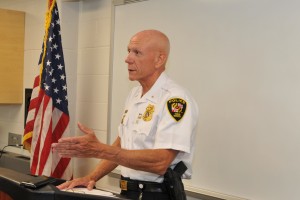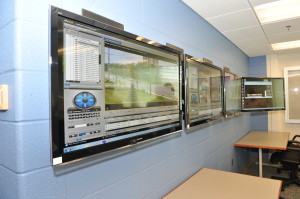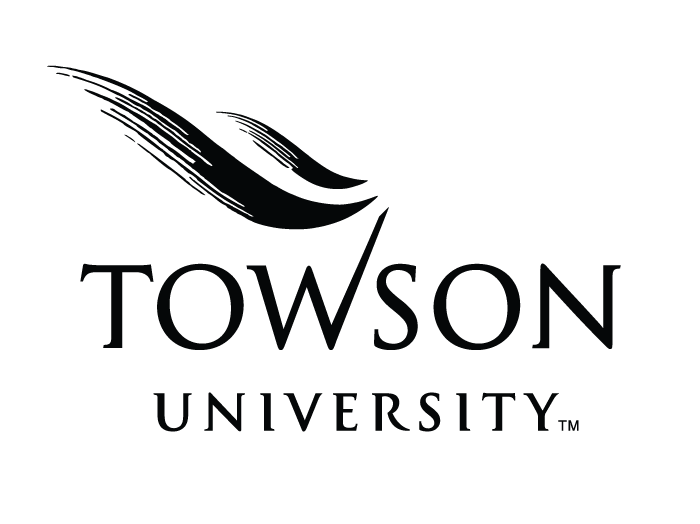On Monday, Towson University officially opened its brand new, state-of-the-art Public Safety Building on Towsontown Boulevard.
The 25,000-square-foot facility houses the latest in safety technology and police equipment, and allows university police to handle investigations, arrests, interviews and interrogations more efficiently and effectively. It is also home to campus locksmiths and access control systems, the Environmental Health and Safety and the emergency preparedness unit.
“I’m so excited about this building—all of us are—because it stands for something significant for us: safety, security and sustainability,” said Towson President Maravene Loeschke. “And not just for our Towson family, but for our whole extended community.”
“It’s really a historic moment,” Towson University Police Chief Bernard Gerst said of all the entities organized in the building. “We have a real synergy going on. We can walk down the hall and talk to one another, and if we need to get together to plan or coordinate something, we’re already under the same roof.”
That wasn’t the case before the building opened. For example, Gerst’s office was in the administration building, on the other side of campus from the rest of the department.
The chief heads up the largest presence in the new building. The police facilities include two secure holding cells and a sally port, which allows officers to bring detainees into the building without exposing them to public identification—a change the chief says is a tremendous improvement over the previous building. Each door requires key card access by either proximity or swipe activation, depending on the level of security required. In most cases, a door cannot be opened until another door is closed. All these systems, in cooperation with departmental policies, maximize officer safety and the safety of those detained.
The facility will also house the latest in digital fingerprinting technology that allows for palm prints as well as fingertip pattern recording. The interrogation rooms will contain audio and video equipment for video evidence. Cameras mounted around campus are linked to monitors in the building to ensure outdoor safety, and there is space for a new communications center, which will take 18-24 months to install after it is obtained. The existing communications center remains in the old public safety building.
“It’s really fitting that the building is located across from the main gateway to campus, because it’s a visible sign of the commitment that Towson University makes to safety on this campus,” said Gerst. “I have the opportunity to interact with police chiefs and directors of security from state and private institutions around the state of Maryland, and they look at Towson with envy.”
The facility is a physical representation of three points of significant pride for the university: Towson has the lowest per capita crime rate of any institution in the University System of Maryland, and the police department is two weeks from inspection to become accredited by the Commission on Accreditation for Law Enforcement Agencies—a distinction only about six percent of police departments nationwide can claim. And in its 2013 edition, Princeton Review ranked Towson one of the finest green campuses in the country.
“This building was done the Towson way: effectively, efficiently, on time and with a heck of a lot of love for students and safety,” said Loeschke.
The public safety building was built by the Calverton, Md. architectural firm Grimm + Parker, with contractor Henry H. Lewis of Owings Mills. Among those gathered to celebrate its successful opening were State Delegate Sue Aumann (Md – District 42); Baltimore County Councilman David Marks (Co. District 5); Special Assistant to the Baltimore County Executive Nancy Surosky; Baltimore County Fire Division Chief Mark Ewers; Greater Towson Council of Community Associations President Paul Hartman; and representatives from Greater Baltimore Medical Center and University of Maryland St. Joseph Medical Center.


